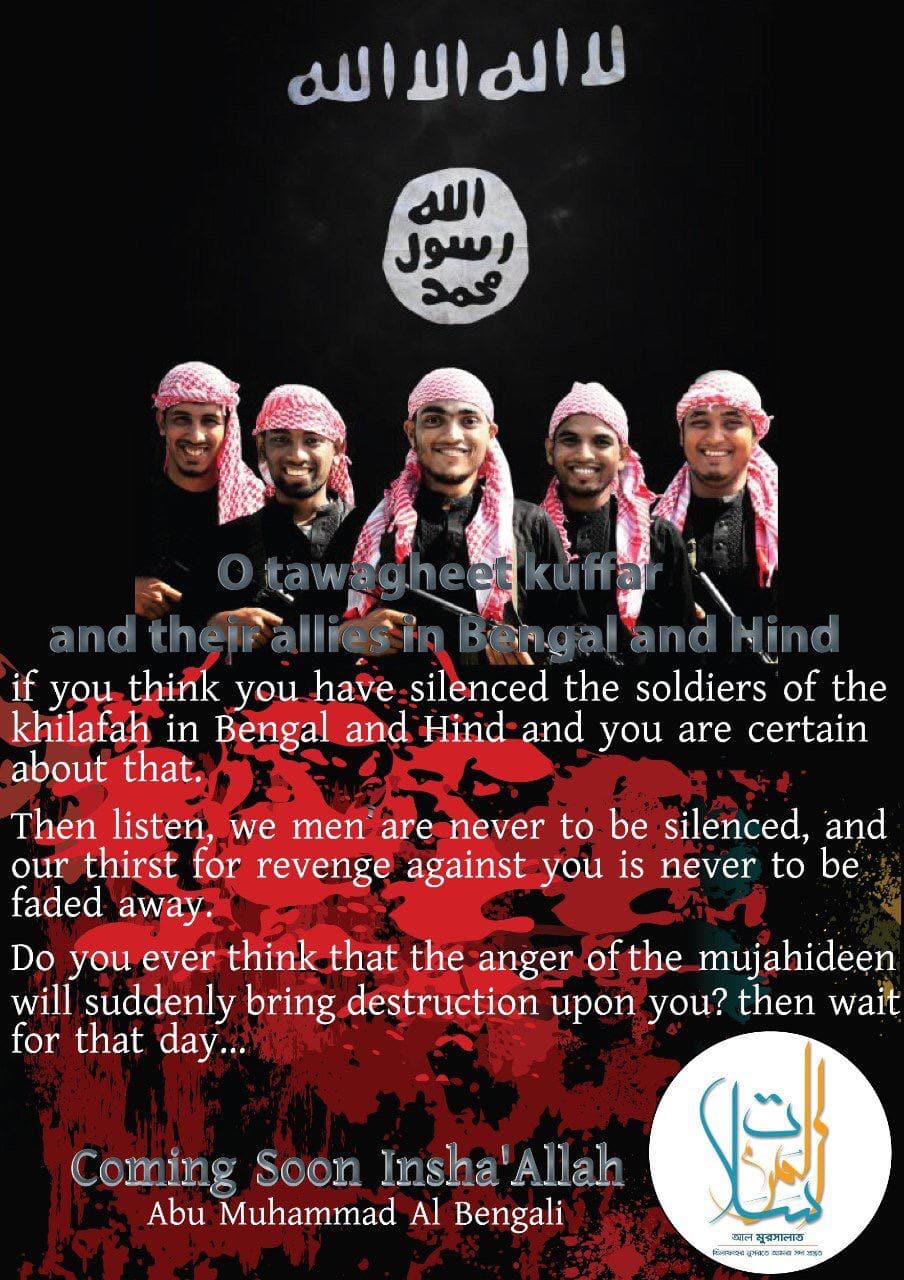

For Pakistanis, the violence against Hindus was a strategic policy. The Pakistani elite believed that Hindus were behind the revolt and that as soon as there was a solution to the "Hindu problem" the conflict would resolve. The Government of Bangladesh states 3,000,000 people were killed during the genocide, making it the largest genocide since the Holocaust during the Second World War. The International Commission of Jurists concluded that the genocide involved the attempt to exterminate or forcibly remove a significant portion of Hindus from the country.

The genocide mainly targeted the Hindu population in East Pakistan, leading to the killing and displacement of a large number of Bengali Hindus from the region. During the nine-month-long war, members of the Pakistan Armed Forces and supporting pro-Pakistani Islamist militias from Jamaat-e-Islami killed between 300,000 and 3,000,000 people and raped between 200,000 and 400,000 Bengali women, in a systematic campaign of genocidal rape. It began on 25 March 1971 with the launch of Operation Searchlight, as the government of Pakistan under Yahya Khan, dominated by West Pakistan, began a military crackdown on East Pakistan (now Bangladesh) to suppress Bengali calls for self-determination. The Bangladesh genocide, also known as the Gonohotta ( Bengali: গণহত্যা, romanized: Gaṇahatyā), was the genocide of Bengalis of East Pakistan (now Bangladesh) during the Bangladesh Liberation War. ‡ indicates events in the Indo-Pakistani War linked to the internal resistance movement in Bangladesh. § indicates events in the internal resistance movement linked to the Indo-Pakistani War. Massacres of Hutus during the First Congo War.18th / 19th/ early 20th century genocides


 0 kommentar(er)
0 kommentar(er)
